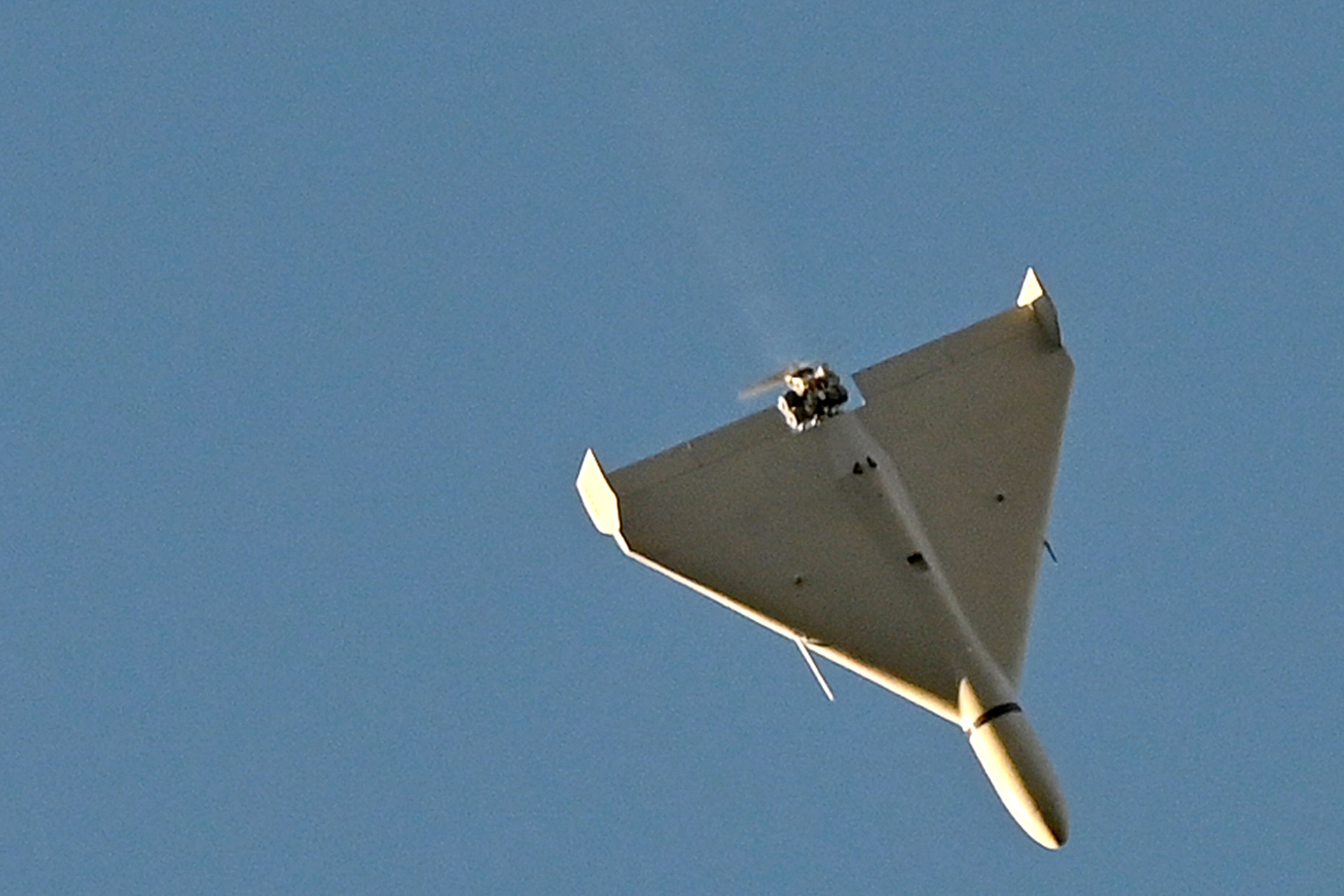Unlike the drones that return to their base as soon as they launch their destructive missiles, the kamikaze or suicide drones collide with their target and explode in it.
A new wave of deadly Russian air strikes using these planes on Ukraine has killed more than 25 people and wounded more than 100, according to authorities in Kyiv, in the deadliest attacks since the early days of the war.
The current attacks, which began on October 10, have targeted at least 10 regions across the country and used Russian missiles and Iranian-made drones, according to Ukrainian authorities.
On Monday, swarms of explosive-laden unmanned aircraft - dubbed "kamikaze" - targeted Kyiv, killing at least 4 people, as well as launching attacks on energy facilities, and the Ukrainian air force says it destroyed at least 37 aircraft. march during these attacks.
For their part, officials in Tehran denied supplying Russia with weapons.
And whoever supplies Russia with these drones, here are 3 questions that explain what they are, their role in the war, and their impact:
First: Why are they called "Kamikaze" drones?
Unlike drones that return to their bases once their missile payloads are launched, “kamikaze” or “suicide” drones are destroyed in the attack.
Alex Gatopoulos, a defense analyst for Al Jazeera, says that these munitions can hover over an area to identify the target before pounce on it to destroy it.
These drones, just like cruise missiles, can hit targets hundreds of kilometers away, but cruise missiles are expensive while Kamikaze drones are a cheaper yet accurate alternative, according to Gatopoulos.
Ukrainian President Volodymyr Zelensky says Russia has bought 2,400 kamikaze drones, but its fleet is rapidly depleting.
Second: Where did these planes come from?
Ukraine says Russia has imported from Iran the drones, which are called in Persian as “Shahed-136,” which can be translated as “witness to faith,” but the word could also mean “martyr.”
Mykhailo Podolak, an adviser to the Ukrainian president, accused Tehran of being responsible for the "murders of Ukrainians", and the Kremlin did not comment on this.
But Iran, which believes that the real cause of the war is the deployment of the North Atlantic Treaty Organization (NATO) forces in Eastern Europe, has denied supplying Russia with weapons.
It is unlikely that the drones were Russian-made, Gatopoulos says;
Because Moscow "was behind in developing low-cost tactical drones, especially armed ones."
In an interview with Al Jazeera, Samir Puri, an analyst at King's College London, believes that some form of a sale agreement for these planes may have been made between Moscow and Tehran.
Puri adds that these drones "have been bought off Iranian shelves, taken to the war zone and used - I think, to a large extent - as a weapon that will continue to confuse Ukraine's air defenses by adding another dimension to this hybrid war."
Third: Will these planes change the course of the war in Ukraine?
Kamikaze drones cost about $20,000, Puri said, “which is actually quite a lot, when you consider that they are a single-use weapon.”
A spokesman for the Ukrainian Air Force explained - to the Associated Press - that the use of squadrons of these aircraft poses a challenge to Ukrainian air defenses, but Western countries have promised to strengthen Kyiv's defenses with systems that can shoot down drones, but many of these weapons have not arrived yet, and in some cases It may take months.
Puri believes that the deployment of drones does present a new challenge for the Ukrainians, but it is unlikely to change the rules of the game.

